Probably sold by Lazare Duvaux
Circa 1760
Customary restorations, some flowers replaced
H. 21 x W. 22 cm
The screen candlestick holder is a rare object. Seldom produced, it is an item of rare refinement, reflecting the lifestyle and ingenuity unique to 18th century France. It is defined as follows in the book “Objets civils domestiques – vocabulaire typique” (Editions du Patrimoine): "A candle holder whose metal side handle is formed from a U-shaped strip, inverted to hang it over the top of a screen panel."
During our research, we observed a small series of screen candlestick holders that are very similar. Indeed, a true model was created and distributed, which we can easily imagine adorning the most beautiful homes of the Enlightenment era. The dish, in red or brown lacquer, the gilded bronze mount, the candlestick holder’s receptacle imitating the button of a stylized flower, a snuffer attached by a small chain, and porcelain flowers fixed on stems surrounding the mount, as if nature itself had come to enhance this utilitarian object. Sometimes, certain candlestick holders are embellished with a porcelain figure from Meissen.
This amusing little object is also symbolic of a new taste and trends: those initiated by the “marchands-merciers”. These intermediaries between craftsmen and patrons were merchants who did not hesitate to create new fashions by combining various materials. This is how the most famous among them, Lazare Duvaux, became a specialist in objects, blending porcelain, lacquer, gilded bronze, and crystals. He could produce "girandole arms, jewelry, snuffboxes, candy boxes, among other things." In this way, the wealthy Parisian clientele could acquire a whole series of original and increasingly luxurious objects.
We can get a small glimpse of what he might have sold in his shop on Rue de la Monnaie and later on Rue Saint-Honoré through his journal, where he recorded each object sold or repaired and the names of his clients. This is how we discover Louis XV, Madame de Pompadour (his main patron), and the Duke de Bouillon, appearing numerous times. We believe that these models of screen candlestick holders were designed by Lazare Duvaux, mainly thanks to this note: “M. De Boulogne de Préninville: a bed candle holder with a lacquer tray, adorned with gilded bronze and a snuffer.”
How did he proceed? He bought objects from various auctions worldwide, such as Chinese porcelains or lacquer objects (his name appears on some documents as proof), had them mounted with gilt bronzes by his craftsmen, and sold them at significant prices. Thanks to this creativity, these “marchands-merciers” made such materials fashionable, reinforced the fascination with exoticism, and brought together productions and craftsmen from distant lands. Lazare Duvaux did not stop at being a merchant; he also restored damaged furniture or objects and took on the role of decorator. We know he visited certain châteaux to present and arrange these objects in their interiors.

















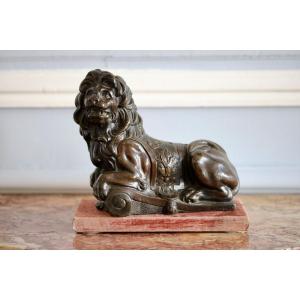

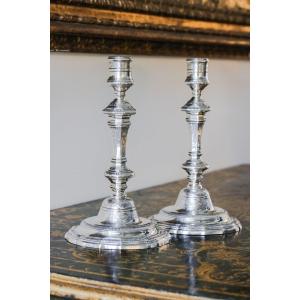
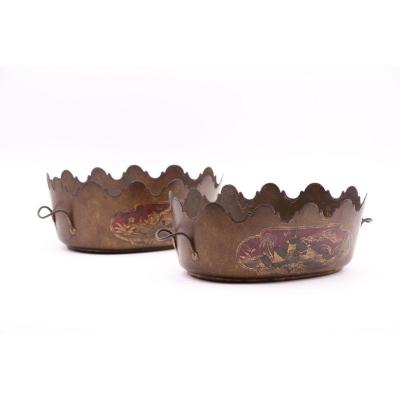

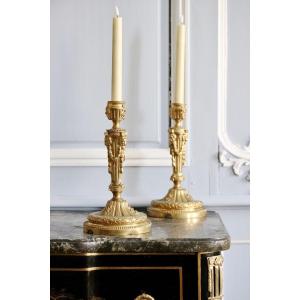



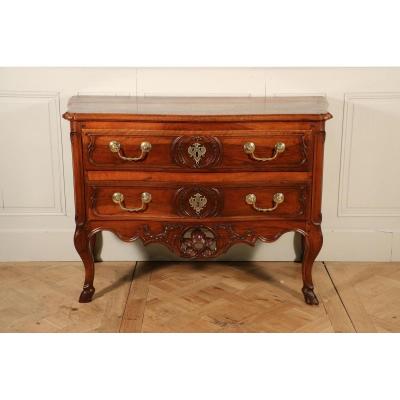

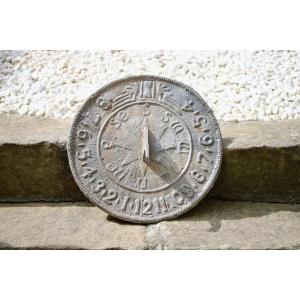
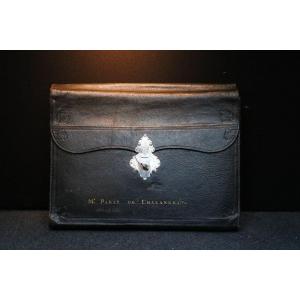

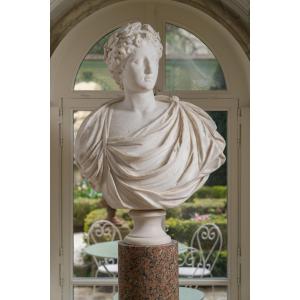
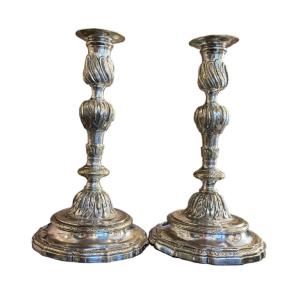
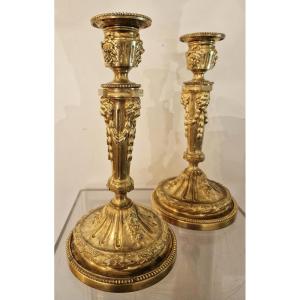


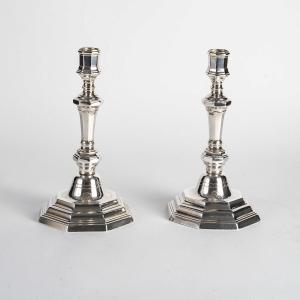



 Le Magazine de PROANTIC
Le Magazine de PROANTIC TRÉSORS Magazine
TRÉSORS Magazine Rivista Artiquariato
Rivista Artiquariato